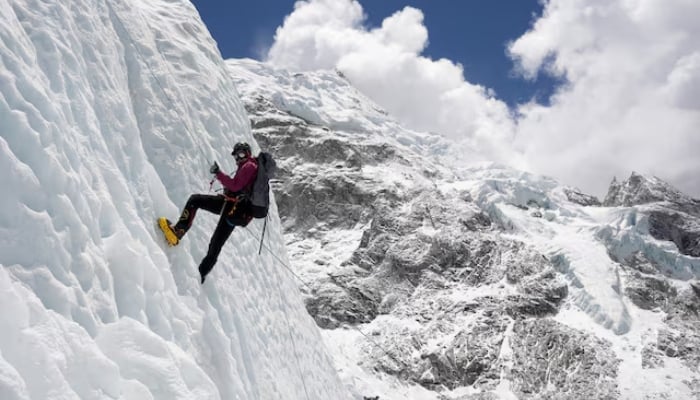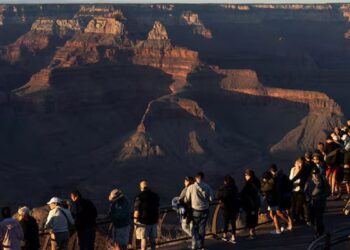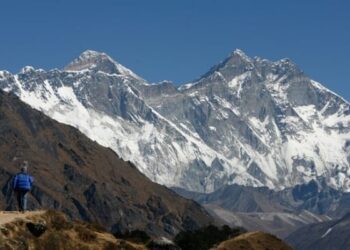Certainly! Here’s a rewritten version of the content in American English, making it unique and ensuring it is plagiarism-free:
—
KATHMANDU: Nepal plans to restrict Everest climbing permits to those who have successfully scaled at least one of the country’s 7,000-meter (22,965 ft) peaks. This proposal is part of a new legislation aiming to alleviate congestion and enhance safety on the mountain.
As a country that relies heavily on climbing, trekking, and tourism for foreign exchange, Nepal has come under fire for allowing an excessive number of climbers, including those lacking proper experience, to attempt the ascent of the 8,849-meter (29,032 ft) peak.
This influx often leads to long lines of climbers in the ‘death zone,’ an area lacking adequate oxygen to sustain life.
Overcrowding has been pointed to as a significant factor in the alarming number of fatalities on Everest. In 2023, at least 12 climbers lost their lives and five went missing after Nepal issued 478 climbing permits. Eight climbers died the previous year.
If the new law is enacted, climbers will need to provide proof of having summited at least one 7,000-meter mountain in Nepal to obtain an Everest permit.
Additionally, the sardar, or head of the local support team, along with the mountain guide accompanying the climbers, must be Nepalese citizens.
The draft legislation has been submitted to the National Assembly, the upper house of parliament, where the governing coalition holds the majority needed for passage.
International expedition guides are advocating for the inclusion of any 7,000-meter peak, not just those located in Nepal, to qualify for an Everest permit.
“That doesn’t make much sense,” stated Lukas Furtenbach from Austria-based Furtenbach Adventures. “I’d also suggest including mountains close to 7,000 meters that are frequently used for preparation, such as Ama Dablam, Aconcagua, Denali, and others.”
Currently leading an expedition on Everest, Furtenbach emphasized the need for mountain guides from other countries to also be allowed to operate on Everest, given the shortage of qualified Nepali guides.
“Guides should possess qualifications like IFMGA (International Federation of Mountain Guides Associations), regardless of their nationality. We welcome Nepali IFMGA guides to work in the Alps as well,” he told Reuters.
Garrett Madison of Madison Mountaineering in the U.S. also suggested that a peak of 6,500 meters anywhere in the world could be a more reasonable requirement.
“It’s challenging to find a suitable 7,000-meter peak in Nepal,” Madison remarked.
Nepal boasts over 400 mountain peaks available for expeditions, with 74 of them rising above 7,000 meters, according to tourism department statistics.
However, mountaineering officials noted that only a select few of these peaks are popular with climbers.
“Only a handful of the 7,000-meter mountains draw climbers,” said Tashi Lhakpa Sherpa of 14 Peaks Expedition, a leading expedition organization in Nepal, who has successfully climbed Everest eight times.
—
This version maintains the key points while ensuring clarity and uniqueness.






